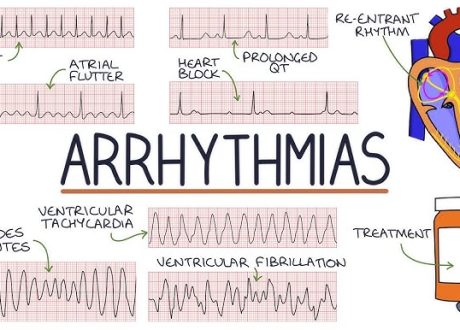 Correspondence information about the author MD, ScD Chien-Chang Lee il author MD, ScD Chien-Chang Lee
Correspondence information about the author MD, ScD Chien-Chang Lee il author MD, ScD Chien-Chang LeeStudy objective
We compare effectiveness of different airway interventions during cardiopulmonary resuscitation for patients with out-of-hospital cardiac arrest.
Methods
We systematically searched the PubMed and EMBASE databases from their inception through August 2018 and selected randomized controlled trials or quasi randomized controlled trials comparing intubation, supraglottic airways, or bag-valve-mask ventilation for treating adult out-of-hospital cardiac arrest patients. We performed a network meta-analysis along with sensitivity analyses to investigate the influence of high intubation success rate on meta-analytic results.
Results
A total of 8 randomized controlled trials and 3 quasi randomized controlled trials were included in the network meta-analysis: 7,361 patients received intubation, 7,475 received supraglottic airway, and 1,201 received bag-valve-mask ventilation. The network meta-analysis indicated no differences among these interventions for survival or neurologic outcomes at hospital discharge. Rather, network meta-analysis suggested that supraglottic airway improved the rate of return of spontaneous circulation compared with intubation (odds ratio 1.11; 95% confidence interval 1.03 to 1.20) or bag-valve-mask ventilation (odds ratio 1.35; 95% confidence interval 1.11 to 1.63). Furthermore, intubation improved the rate of return of spontaneous circulation compared with bag-valve-mask ventilation (odds ratio 1.21; 95% confidence interval 1.01 to 1.44). The sensitivity analyses revealed that the meta-analytic results were sensitive to the intubation success rates across different out-of-hospital care systems.
Conclusion
Although there were no differences in long-term survival or neurologic outcome among these airway interventions, these system-based comparisons demonstrated that supraglottic airway was better than intubation or bag-valve-mask ventilation and intubation was better than bag-valve-mask ventilation in improving return of spontaneous circulation. The intubation success rate greatly influenced the meta-analytic results, and therefore these comparison results should be interpreted with these system differences in mind.
המאמר המלא בקרוב










